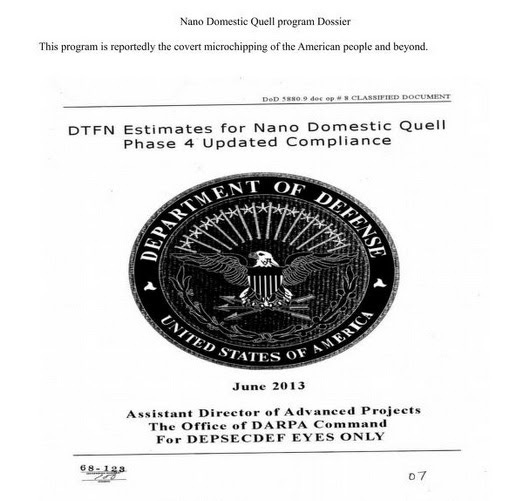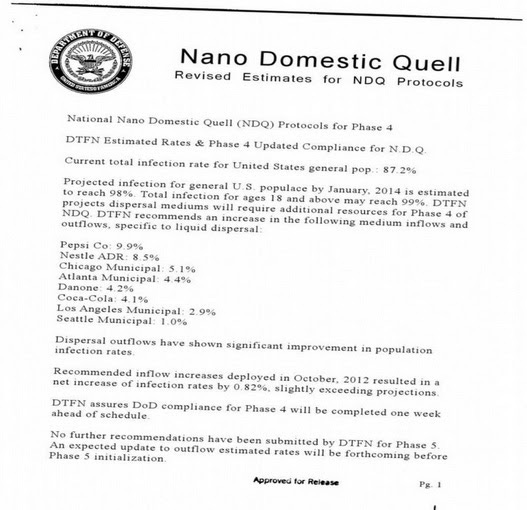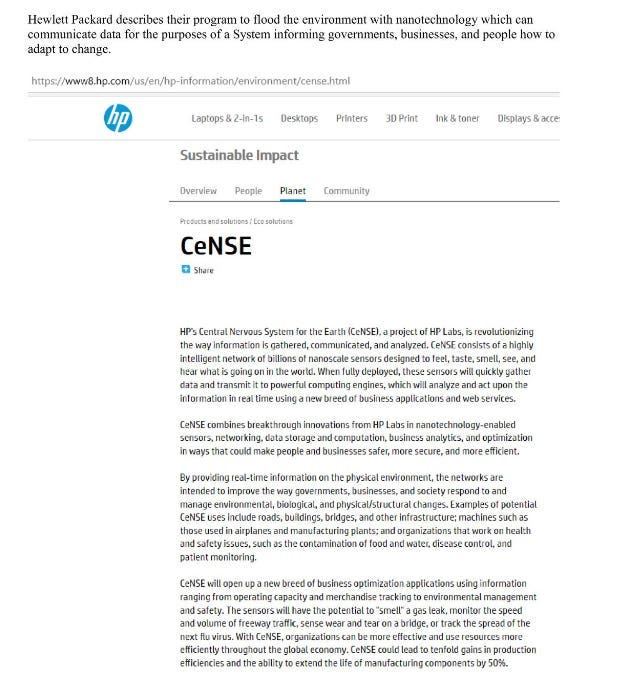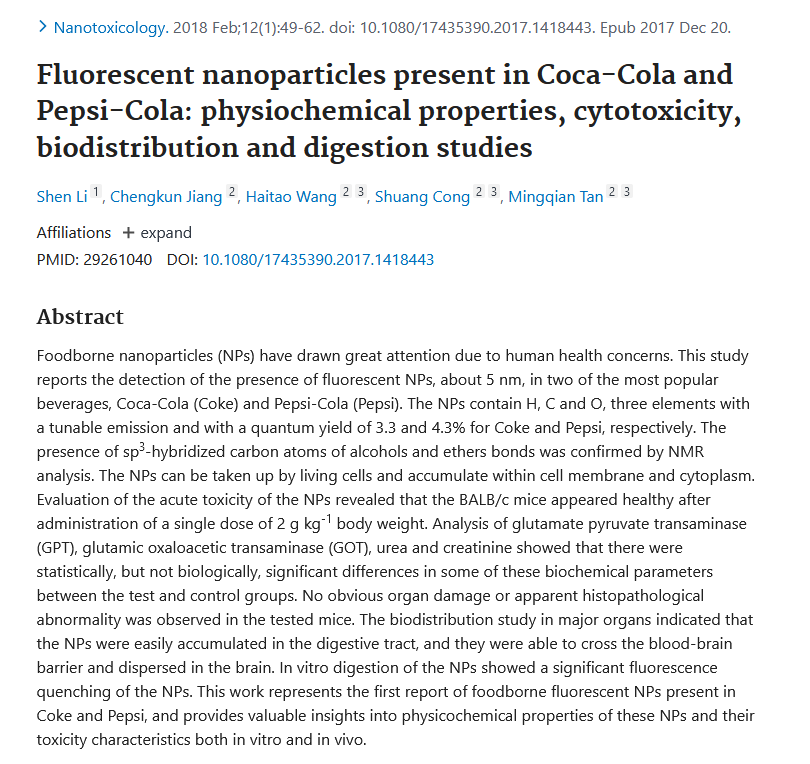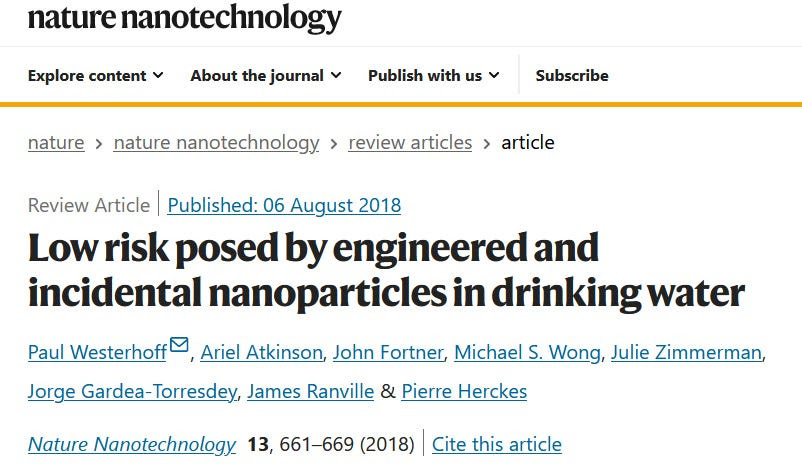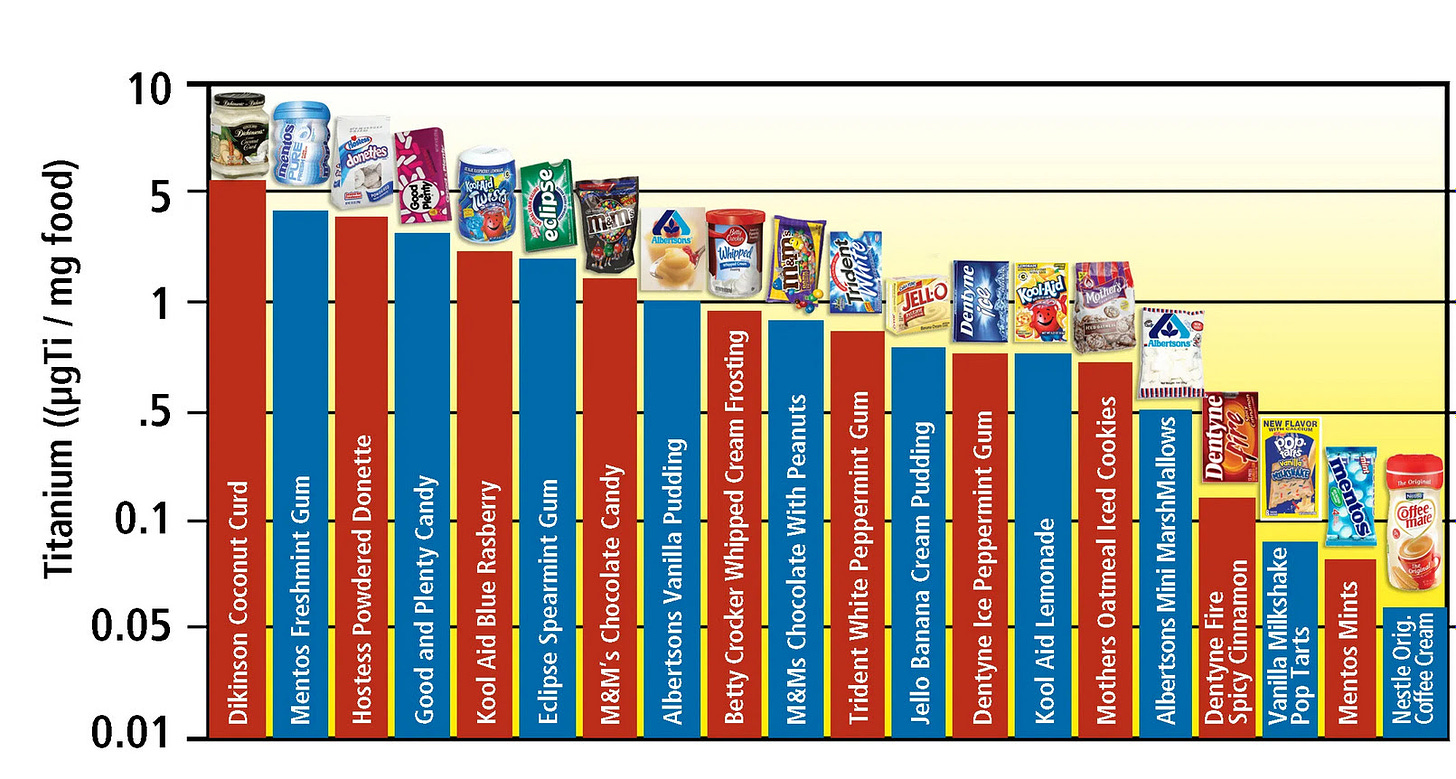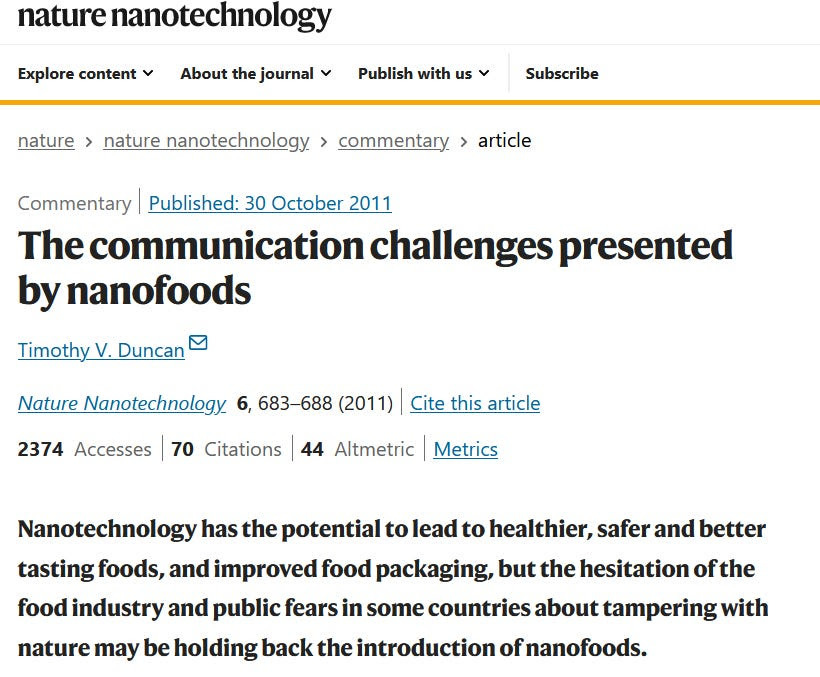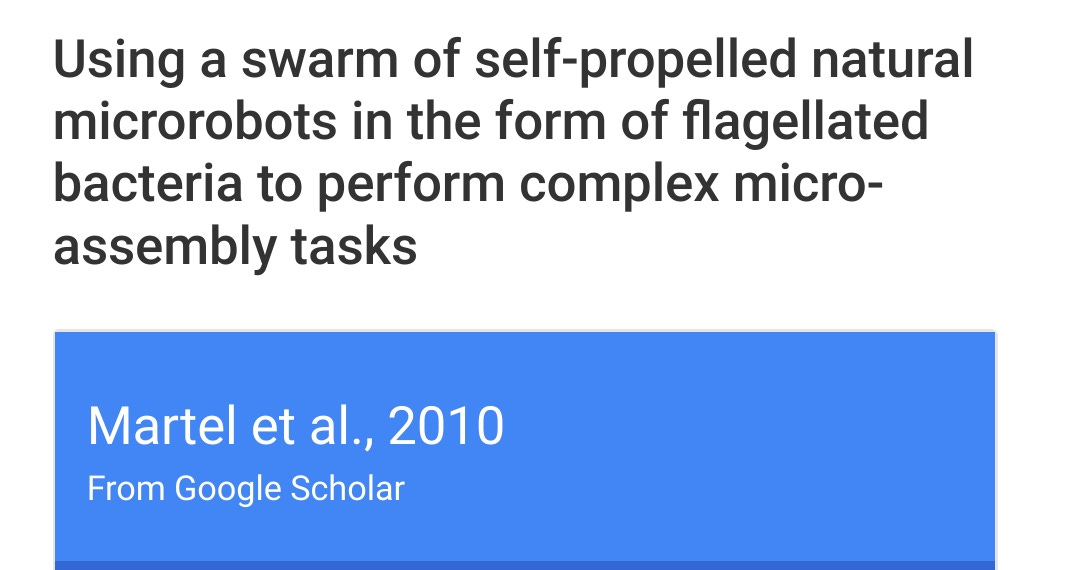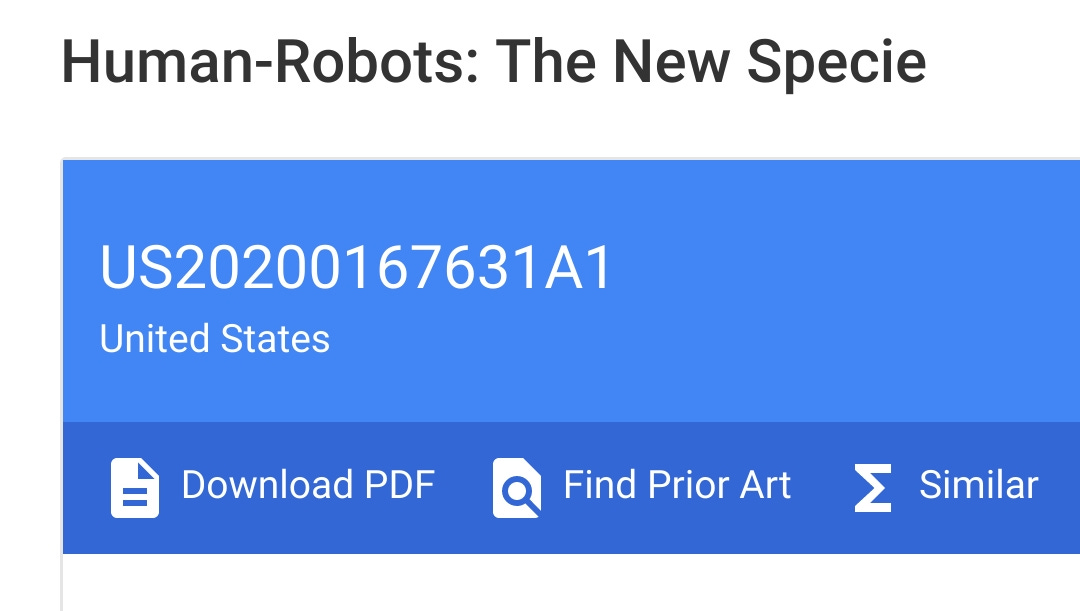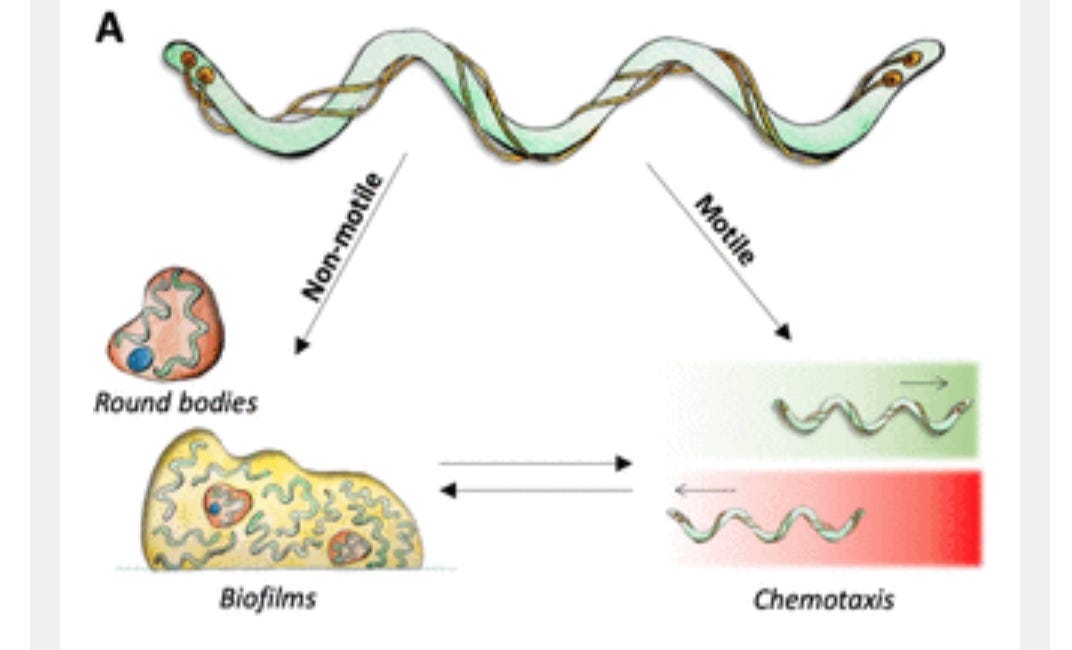Is Nano Domestic Quell Government Project Still Going On? How Long Have Our Bodies Been Loaded With Nano Particles In Food, Drinks And Water Supply? Are We Now Part Of The World Wide Sensor Network?
DEC 4
In 2013, a government whistleblower came forward with documents about the Project Nano Domestic Quell, which was the distribution and infection of the entire population with nanotechnology. Edward Snowden, NSA whistleblower had confirmed the information provided by Dr Well. The whistleblower was threatened and later retracted the information. The documents show a 87.2% infection rate of the general population with nanotechnology via liquids, for example Cocoa Cola, Pepsi and the municipal water supply. The whistleblower had stated that the nanotechnology was to lay dormant in human bodies but could be activated via drones and frequency to exhibit flu like illness and kill people in 10 days.
Of course that was just labelled as conspiracy. But was it?
HP was also involved in deploying nanosensors into the environment for information gathering via a highly intelligent networks of billions of nanoscale sensors designed to feel, taste, smell see and hear what is going on in the world - in other words, total surveillance.
An article about Morgellons was also included in the above link. The conclusions are interesting in light of total surveillance control grid via nanotechnology.
The interesting question is if this project has continued all along. Below Coca Cola and Pepsi Cola were found to be loaded with nanoparticles - the fluorescence means they are a bionanosensor:
Nanoparticles have been found in drinking water:
Natural nanoparticles (NNPs) in rivers, lakes, oceans and ground water predate humans, but engineered nanoparticles (ENPs) are emerging as potential pollutants due to increasing regulatory and public perception concerns. This Review contrasts the sources, composition and potential occurrence of NNPs (for example, two-dimensional clays, multifunctional viruses and metal oxides) and ENPs in surface water, after centralized drinking water treatment, and in tap water. While analytical detection challenges exist, ENPs are currently orders of magnitude less common than NNPs in waters that flow into drinking water treatment plants. Because such plants are designed to remove small-sized NNPs, they are also very good at removing ENPs. Consequently, ENP concentrations in tap water are extremely low and pose low risk during ingestion. However, after leaving drinking water treatment plants, corrosion by-products released from distribution pipes or in-home premise plumbing can release incidental nanoparticles into tap water. The occurrence and toxicity of incidental nanoparticles, rather than ENPs, should therefore be the focus of future research.
They are also in the food supply, and have been for decades:
Published 2012 click on image box for link to article
Brita Belli takes a deep dive into the growing role of nanotechnology in food and agriculture, the current lack of oversight and regulations, and the growing consensus that more information and transparency are both sorely needed in relation to this growing field.
Nanotechnology involves the engineering and manipulation of particles at a nano scale. Nanoparticles, as they’re called, are measured in nanometers or billionths of one meter. Another way to put it: If a nanoparticle were the size of a football, a red blood cell would be the size of the field. Although some nanoparticles have been found to exist in nature (carbon nanoparticles exist in caramelized foods, for instance, and silverware has been shown to shed nano-sized silver particles), it’s the nanoparticles that are engineered in laboratories that have environmental health advocates concerned.
In actuality, companies are not required to disclose nano-sized ingredients, nor is there much active questioning about their safety. Instead, Belli writes, “From the government’s perspective, nano forms of silver, iron or titanium are no different, fundamentally, from their scaled-up counterparts which have already been safety tested, so the agency has ushered the particles into the food supply under the Generally Recognized as Safe provision.”
I’ve been hearing about nanoparticles in food packaging for a while now (it’s a market Belli says is expected to reach $20 billion by 2020), but I had no idea that there was nano-coating in the works for bananas. And what I was most surprised to learn is just how many food products already contain nanoparticles. As Belli writes:
Nanoparticles can be used to purify water, as anticaking and gelatin-forming agents and in packaging to protect against UV light, prevent the growth of microbes or detect contamination. Titanium dioxide is added to a huge swath of products in nano form including paints, paper and plastics but also lends white pigment to most toothpastes and many processed foods, including Mentos, Trident and Dentyne gum, M&Ms, Betty Crocker Whipped Cream Frosting, Jello Banana Cream Pudding, Vanilla Milkshake Pop Tarts and Nestlé Original Coffee Creamer. The aforementioned products were featured in a report in February 2012 in the journal Environmental Science & Technology which concluded that each of us likely consumes some amount of titanium dioxide (TiO2) nanoparticles each day, and children under 10 likely consume the greatest amounts (around 1-2 mg TiO2 per kilogram body weight per day) due to their higher intake of frosted foods, candy, gum and other sweets.
Although there is less science focused on ingested nanotech particles than on, say, the ones that are inhaled in industrial environments, Belli does point to the few studies that exist, including a recent one out of Cornell University that looked at chickens’ abilities to absorb iron after eating nanoparticles generally considered safe for human consumption. In it, researchers found that acute exposure to the particles changed the structure of the lining of the chickens’ intestinal walls, a change the lead scientist noted “serves to underscore how such particles, which have been widely studied and considered safe, cause barely detectable changes that could lead to, for example, over-absorption of other, harmful compounds.”
When it comes to questions about the health effects of eating nanoparticles, Belli quotes a guide on the American Society of Safety Engineers’ website, which reads:
Nanoparticles may be ingested through drinking water, food additives, atmospheric dust on food, toothpaste and dental fillings and implants. Ingested nanoparticles can then be absorbed through ‘Peyer’s Plaques’ or small nodules in intestinal tissue that are part of the immune defense system. If nanoparticles enter the digestive system and proceed into the bloodstream, they could move throughout the body and cause damage.
Of course, most of this — and much of the science Belli points to — is preliminary, based on very little hard science. And if that lack of a cautionary approach to science in a multibillion-dollar industry sounds familiar, that’s because — well, it is. The comparison to genetically modified foods is unavoidable.
In fact, Timothy Duncan, a research chemist from the Food and Drug Administration, admitted as much about the nanotech industry (which likely has thousands of food and food packaging products in the research and development stage) while writing in the journal Nature Nanotechnology last year. “What’s holding back the introduction of nanofoods is the hesitation of the food industry, fearing a public backlash along the lines of what happened with genetically modified foods, and public fears in some countries about tampering with nature,” Duncan wrote.
And considering how little media coverage these larger questions about nanotechnology and food have received — not to mention inclusion on the larger “food movement” laundry list — it looks like the lesson the food industry has learned from GMOs is not one about the importance of transparency, but quite the opposite.
As Tom Philpott observed in Grist in 2010, the last time big questions surfaced about nanotech in food in the media: “As with GMOs, the strategy seems to be: release into the food supply en masse first; assess risks later (if ever).”
Titanium Oxide in foods.
Here is another article from 2011:
Summary:
We have been consuming Nanotechnology for a long time. The gradual saturation of human tissues with nanoparticles involved in biosensing operations also bring into question the weaponization of these same particles with a dormant payload - that could start pandemics simply by frequency activation via drones.
We are definitely part of the Central Surveillance Nervous System, they were building a long time ago:
HP Labs has joined the race to build an infrastructure for the emerging Internet of Things. The giant computing and IT services company has announced a project that aims to be a “Central Nervous System for the Earth” (CeNSE). It’s a research and development program to build a planetwide sensing network, using billions of “tiny, cheap, tough and exquisitely sensitive detectors.”
The technology behind this is based on nano-sensing research done by HP Labs. The sensors are similar to RFID chips, but in this case they are tiny accelerometers which detect motion and vibrations.
The first CeNSE sensor to be put into the field by HP Labs is, according to the company, “about 1,000 times more sensitive than accelerometers used in a Wii, an iPhone or an automobile’s airbag system.” Other sensors planned in future include ones for light, temperature, barometric pressure, airflow and humidity.
Use Cases
Peter Hartwell, senior researcher and project team lead, listed some example use cases for these sensing nodes. The nodes could be “stuck to bridges and buildings to warn of structural strains or weather conditions [and] they might be scattered along roadsides to monitor traffic, weather and road conditions.” A bridge like the San Francisco Golden Gate might take 10,000 nodes, said Hartwell.
Other uses include embedding the CeNSE nodes in everyday electronics, tracking hospital equipment, sniffing out pesticides and pathogens in food. Ultimately they may even “recognize” the person using them and adapt.
According to HP Labs, CeNSE sensors will enable real-time data collection, analysis and better decision making.
Potential Issues
This is an ambitious project by HP Labs and there are other large IT companies, such as IBM, building out similar platforms for sensor data and services.
HP senior fellow Stan Williams noted that for CeNSE to work, “we have to make sensors that are vastly more sensitive than anything else that have ever existed before, while being absolutely dirt cheap so that we can deploy them in very large numbers.”
RFID technology has had numerous cost and technology issues over the past decade, so HP Labs will surely run into similar real-world obstacles in this project. HP Labs admits that existing sensitive detectors are expensive; but it hopes to make them much cheaper.
The Race to Build a Worldwide Sensor Network
HP Labs’ ultimate aim is to have a worldwide network of these CeNSE sensors. A trillion of them “should do the trick,” says HP. The company is hoping that at that scale, sensor nodes will cost “next to nothing, yet measure everything.” HP is also positioning this, boldly, as a technology that could “save the planet” by enabling it to be monitored.
These are big claims and the proof will be in the pudding. The questions that remain unanswered though are: how long will it take, and which company (or companies) will gain the biggest footholds in this network? And thanks Dr.Ana and now you have the world economic form pushing drink more alcohol redacted in a news segment on it https://www.youtube.com/live/gkzsNWC2bg8?si=z9Ganj9k4UdGBWJz the nano sensors are real US-5796827-A - System and Method for Near-field Human-body Coupling for Encrypted Communication with Identification Cards
US-6223018-B1 - Intra-body information transfer device
US-6424820-B1 - Inductively coupled wireless system and method
US-6118882-A - Communication Method
US-6211799-B1 - Method and Apparatus for Transbody Transmission of Power and Information
US-4755816-A - Battery Saving Method for a Selective Call Radio Paging Receiver
US-6282407-B1 - Active electrostatic transceiver and communicating system US-20060136015-A1 - Human body communication device, human body communication system and method using the same
US-20110002492-A1 - Bone Conduction Hearing Aid Devices and Methods
US-7834760-B2 - System and Method for Locating an Individual
US-8332029-B2 - Implant System and Method Using Implanted Passive Conductors for Routing Electrical Current
US-20100231353-A1 - System and Portable Device for Transmitting Identification Signals
US-20090233548-A1 - SKIN-BASED INFORMATION TRANSFER BETWEEN MOBILE DEVICES
US-20100016929-A1 - Method and System for Controlled Nerve Ablation
US-20170230121-A1 - Transmission Device and Transmission Method, Reception Device and Reception Method, and Program
US-10320491-B2 - Methods and Systems for Acoustic Data Transmission
US-20100045446-A1 - RFID SYSTEM USING HUMAN BODY COMMUNICATION
US-6025725-A - Electrically Active Resonant Structures for Wireless Monitoring and Control
US-3927369-A - Microwave Frequency Sensor Utilizing a Single Resonant Cavity to Provide Simultaneous Measurements of a Plurality of Physical Properties
US-7177435-B2 - Living Organism Conductive ActuatorUS-20090054952-A1 - SYSTEM FOR TRANSMITTING ELECTRICAL CURRENT TO A BODILY TISSUE
US-9143873-B2 - Methods and Apparatus for Transmitting Vibrations
US-10831282-B2 - Gesture-based controls via bone conduction
US-9011510-B2 - Method, Device and System for Modulating an Activity of Brown Adipose Tissue in a Vertebrate Subject
US-10320086-B2 - Near-field Electromagnetic Induction (nfemi) Antenna
US-7684769-B2 - Data communication apparatus and module using human body
US-20120170482-A1 - Apparatus and Method for Transmitting Data in Low-frequency Band in Human Body Communication System, and the Human Body Communication System
US-9819075-B2 - Body Communication Antenna
US-20090226020-A1 - Dental Bone Conduction Hearing Appliance
GB-2464405-A - Tooth-borne Bone Conduction Communication Apparatus
US-20040202344-A1 - Method and Apparatus for Tooth Bone Conduction Microphone
US-20090022351-A1 - Tooth-magnet Microphone for High Noise Environments
US-6754472-B1 - Method and Apparatus for Transmitting Power and Data Using the Human Body
US-8064953-B2 - Methods and Apparatus for Transmitting Power and Data Using the Human Body
US-11609940-B2 - Realtime, Interactive and Geographically Defined Computerized Personal Identification and Matching MethodsUS-6223018-B1 - Intra-body information transfer deviceUS-8867995-B2 - Apparatus and Method for Human Body Communication in a Mobile Communication System are you hearing voices in your head just ask your dentist what up bro
US-10484805-B2 - Intraoral Appliance for Sound Transmission Via Bone ConductionUS-20190349693-A1 - Intraoral Appliance for Sound Transmission Via Bone Conduction
US-9812788-B2 - Electromagnetic Field Induction for Inter-body and Transverse Body Communication US-20040023216-A1 - Fluorescence Based Biosensor CN-113125421-A - Optical Fiber Biosensor and Application Thereof in Homogeneous Phase Chemiluminescence Biological Detection US-9812788-B2 - Electromagnetic Field Induction for Inter-body and Transverse Body Communication
DE-102020213417-A1 - PHYSIOLOGISCHE SIGNALÜBERTRAGUNGS- UND EMPFÄNGERVORRICHTUNG
US-9972145-B2 - Authenticating a user on behalf of another user based upon a unique body signature determined through bone conduction signals
And some where else in this substack there's a hole bunch more bio censor patents Isaiah 54:17 "No weapon that is fashioned against you shall prosper..." "No weapon that is fashioned against you shall prosper, and you shall confute every tongue that rises against you in judgment. This is the heritage of the servants of the Lord and their vindication from me, says the Lord,Thanks for all that you do to stop this biohack on all that is natural and made in the image of GOD and may Romans 8:31 be our guiding light.6831







